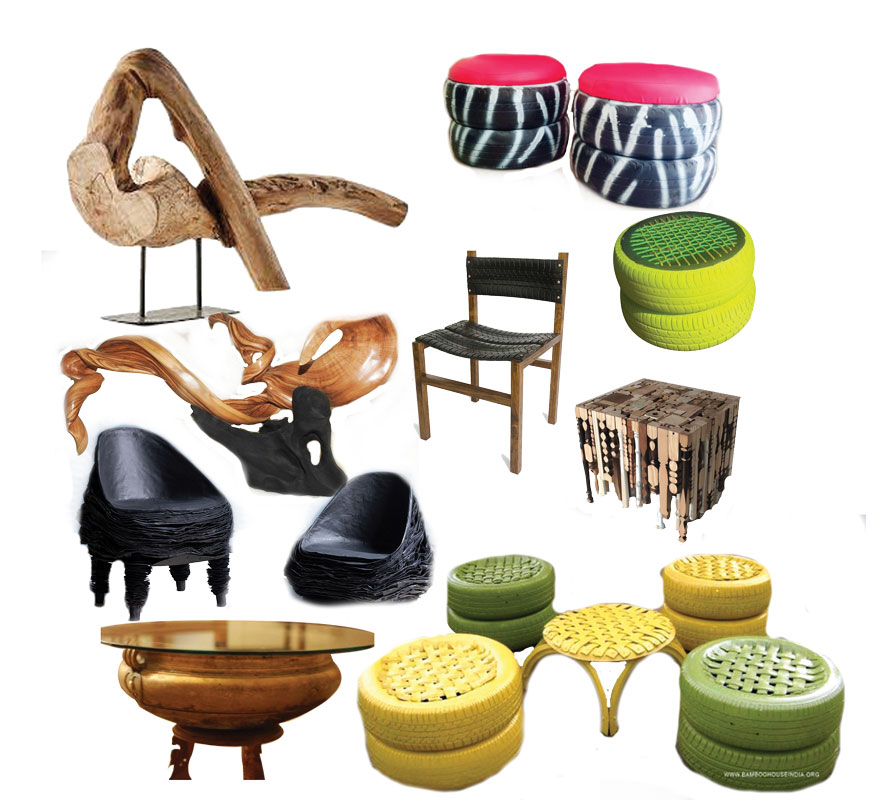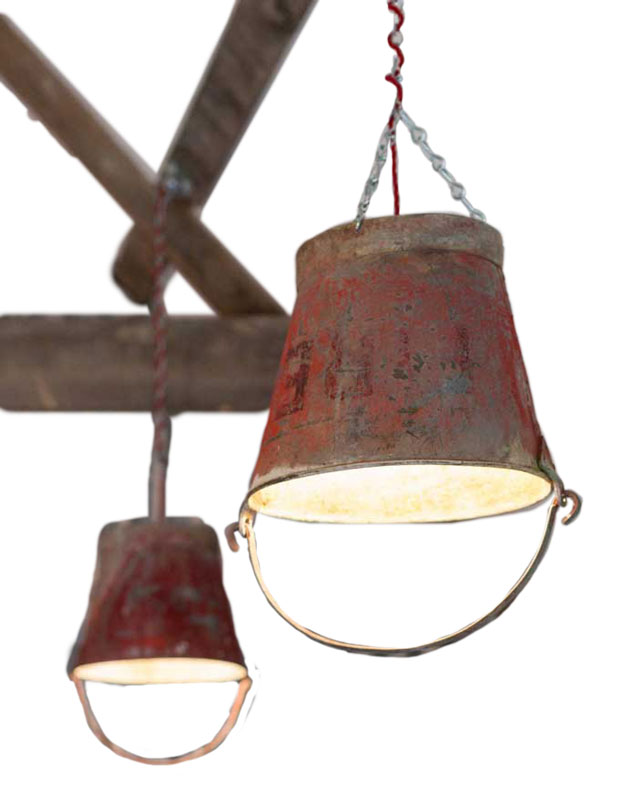
Living sustainably is not only about generating green energy, harvesting water, and segregating your waste. It means embracing a whole new lifestyle and a way of thinking that is markedly different from the ‘standard’ urban uncaring way of life. It means actively discerning what would be harmful for the planet and what would be a friendly action in every aspect of living — be it your food, wardrobe, your linen, your gadgets, your kitchenware, your artefacts, or your furniture.
Let’s take the last aspect this time — furniture. Ninety-nine out of a hundred times most furniture in every house is made of wood which comes from the precious tree. It is the basic unit of what provides us forests — the lungs of the earth — and gives humans and other living beings oxygen, their essential life force. It goes without saying that the more trees you save, the more you will be contributing to climate amelioration, improving air quality, enhancing biodiversity, preserving soil, and conserving water. Trees literally moderate the effect of the sun, wind and rain.
But what does this have to do with you, you may ask? A lot, if you are moving house or replacing a sofa set, cupboard or dining table. If you resist the temptation of going in for furniture made of fresh wood, you will contribute to creating less demand for felling trees.
I remember when I shifted to Mumbai (then Bombay) in the 1980s as a youngster, I went out scouting for furniture that was reasonably priced but had character. At an old Parsi market, I came across this hardy quaint queen size bedstead that could be dismantled and transported with ease. It must have easily been 40 years old. Falling totally in love with this solid (teak, I presumed) piece on which you could mount a mosquito net, I brought it home. When our son was born several years later, we had its legs shortened as it was rather high to negotiate a newborn. Since then, the bedstead travelled with us from Bombay to Chennai to Delhi and today in 2021 it sits pretty in the house of a young friend, who got married last year. To cut a long tale short, the Parsi bedstead looks as elegant as it was when we bought it. One big screw that got lost has been replaced by an enterprising carpenter.
This story is just an example of how timeless a piece of furniture can be. Of course, there would be moments when you get tired of the same look or the dimensions of your house and feel the need to change the furniture. If you want to go green, here are some options to consider before you decide to get rid of the old faithful: You could reupholster it with fresh fabric, trim its cushioning and go in for a brand-new spiffy look. Alternately, you could get a professional restorer to do the job for you — she or he could either give it a shiny makeover or a classic vintage appearance. Chairs, sofa sets, old couches get a fresh lease of life without a single tree being chopped off!
Of late, start-ups have come up which are into furniture and have opened up green choices. One of the most innovative in India is the House of Kieraya (HoK) run by young entrepreneur Ajith Mohan Karimpana. It comprises the online furniture shops Furlenco and Furbicle. The latter caters to those who refuse to leave a carbon footprint — it offers professionally refurbished furniture at reasonable cost. The sub-brand Unlmtd provides a furniture subscription service and monthly rental for those who cannot or do not wish to invest in buying furniture upfront.
So, what happens when you move from one city to another? Your furniture goes back to the company which provides you the same furniture at your new destination as a free service. In fact, you can walk into a new house with just your clothes and rent the entire gear that you need to start a home, including sofas, beds, tables, workstations, storage and appliances. The company offers all models — rental, subscription, re-commerce and retail.
Apart from an online offering, every city has its own old furniture market. Delhi matches Mumbai’s Oshiwara market with its own Amar colony stalls where you can find the most interesting pieces. We picked up two old world writing tables from there. Bengaluru, Chennai, and other cities also have their own equivalents and rummaging for classics is an excursion by itself.
Furniture, in fact, can tickle the imagination in many different ways. The possibilities are endless. I have a friend who has turned her old car tyres into excellent sitting stools. She has picked up driftwood from a riverbank and refurbished it into a bedside table, placed a glass over a traditional Kerala metal uruli (community cooking vessel) to fashion it into a coffee table. She has repurposed an old cycle into a stand for drying clothes.
Another friend requisitioned all the old wooden trunks abandoned in his ancestral home and his late grandmother’s carved treasure chests. With the help of a professional, he refurbished them into bedside tables, wardrobes, even a bookshelf and a bar table.
If these experiments are not for you and you would rather go in for new stuff, then try to sell your old furniture, don’t dump it. Or simply donate it to someone who believes in the crucial ‘Rs’ — recycle, reuse, repurpose, refuse to buy new — to save the planet. If this is not done, your furniture — be it wood, plastic, metal — will end up exactly where you don’t want to see it — in the city landfills or its debris floating on the sea.
The writer is a senior journalist who writes on environmental issues.








